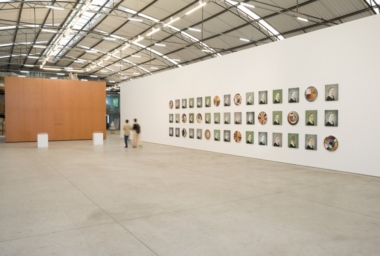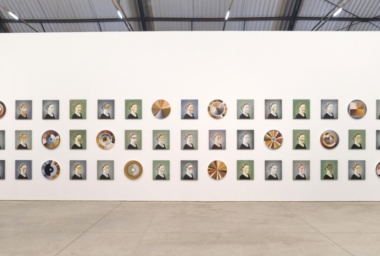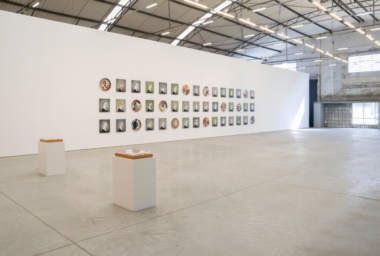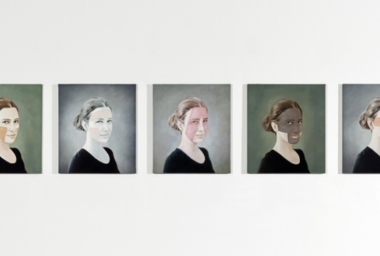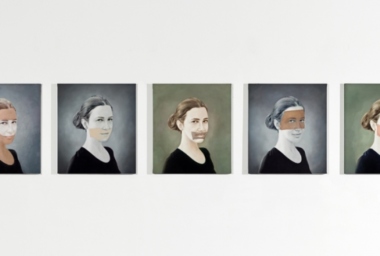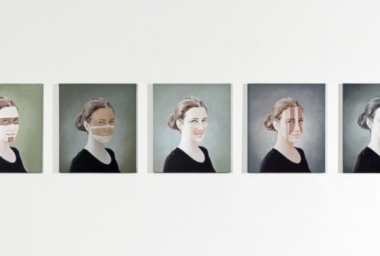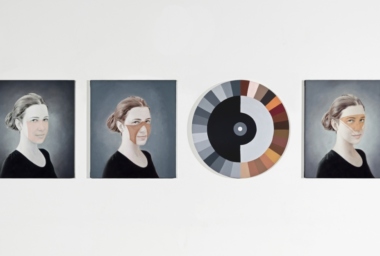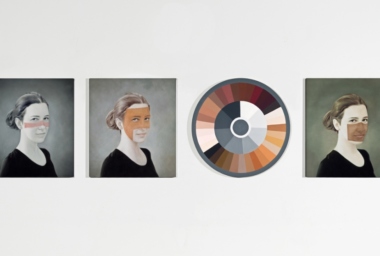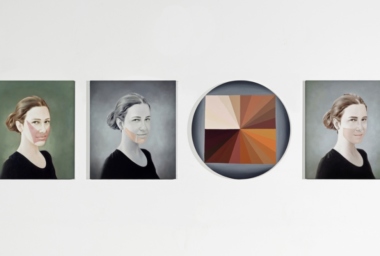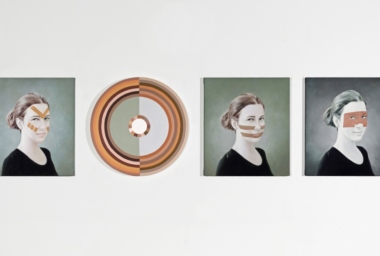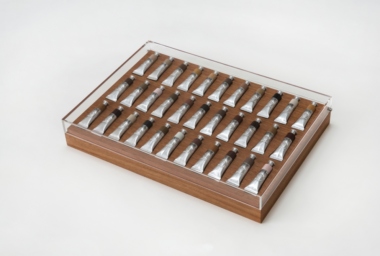We are pleased to present the new exhibition by Adriana Varejão at Galpão Fortes Vilaça. After five years without holding a show in Brazil featuring new works, the Rio de Janeiro artist presents her recently created series Polvo [Octopus], the result of a strong conceptual research, carried out for more than 15 years, concerning the representation of the skin color of Brazilians and the ambivalent way that race is defined in Brazil.
Polvo is the name of a set of paints conceived and created by Adriana. The starting point for the creation of this work was a survey carried out by the IBGE (Brazilian Institute of Geography and Statistics) in 1976. Normally, the official Brazilian census classified people into five different groups according to their skin color: white, black, red, yellow and brown. That year, however, the household research introduced an open-ended question: “What color are you?” The results included 136 terms, some of them unusual, whose meanings were much more figurative than literal. The artist selected 33 of the most exotic and poetic terms, or those linked to a specifically Brazilian interpretation of color as a social supposition, and used them as a basis for creating her own oil paints based on skin tones. This gave rise to the colors Fogoió [Fox on Fire Red], Enxofrada [Angry Sulphur], Café com leite [Milky Coffee], Branquinha [Snow White], Burro quando foge [Faded Fawn], Cor firme [Steady Color], Morenão [Big Black Dude], Encerada [Buffed] and Queimada de sol [Sun Kissed], among others.
The most immediate result of this process is an art object – a box with 33 tubes of paint and careful industrial technology, in a bilingual version (a multiple work in a limited edition of 200 copies). Varejão also presents a series of paintings, entitled Polvo Portraits (China Series), made using these paints, assembled into a large panel. The works are portraits of Adriana herself, but they are not exactly self-portraits, since portrait painters, on commission, executed them. The artist, however, recovers her authorship by interventions and reinterpretations on the canvas. The color of her skin remains neutral, grayish, but the image is complemented by a series of facial paintings of a geometricizing origin and indigenous inspiration made with the 33 Polvo Oil Colours. Accompanying these portraits are a series of circular abstract paintings depicting color charts with the skin tones of the oil colors.
The set presented in the show relates with previous works by the artist concerning questions such as miscegenation, colonialism and skin color. These are themes that constitute a sort of ground in Adriana Varejão’s work, whether by assuming a more metaphoric and subtle character (as in the Polvo Oil Colours), or by adopting a strongly expressive character deriving from baroque art (as in her Língua series). “Color is language,” Adriana states, “when we name all these hues of skin color, we dilute the question of the large races – a concept already toppled by biology,” she points out.
Adriana Varejão was born in 1964 in Rio de Janeiro, Brazil, where she lives and works. Her recent solo shows have included Histórias às margens, at the Museu de Arte Moderna de São Paulo, Museu de Arte Moderna do Rio de Janeiro, and the Museu de Arte Latinoamericana de Buenos Aires, along with shows held at Fondation Cartier pour L’Art Contemporain, Paris; Hara Museum, Tokyo; Centro Cultural Belém, Lisbon; and Bildmuseet, Umea, Sweden. Group shows she has participated and include the biennials of Venice, São Paulo, and Sidney; Tempo, MoMA, New York; ARS 06, KIASMA, Museum of Contemporary Art, Helsinki; the Liverpool Biennial, Liverpool, UK; Body and Soul, Guggenheim Museum, New York; and others. Her work figures in important collections such as those of Tate Modern in London; Salomon R. Guggenheim Museum in New York; Hara Museum, Tokyo; Museum of Contemporary Art, San Diego; Stedelijik Museum, Amsterdam; Museu de Arte Moderna de São Paulo; Museu de Arte Moderna do Rio de Janeiro; and others.
